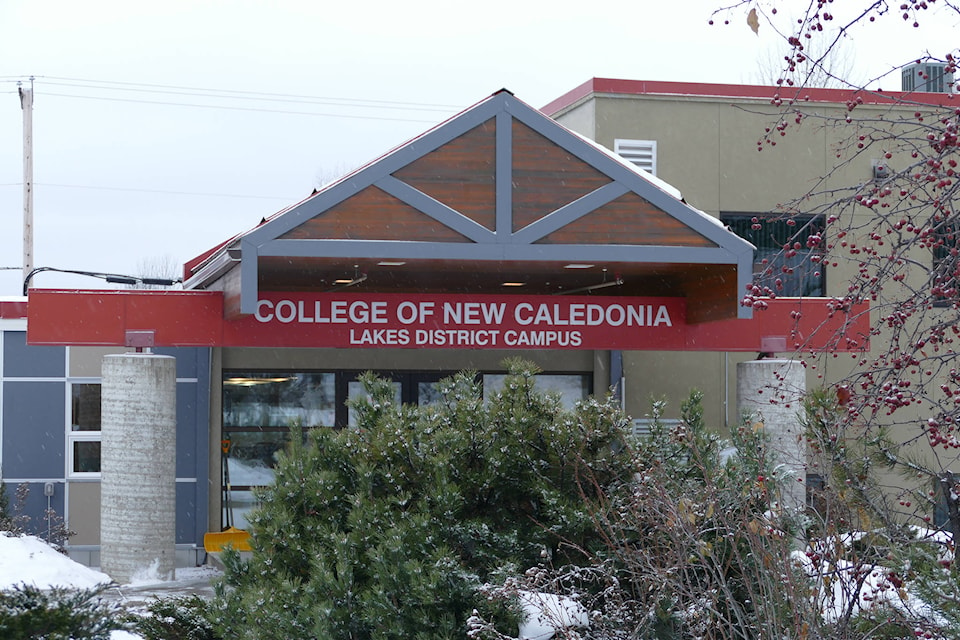The College of New Caledonia (CNC) Lakes District campus has been in talks with several community members on a potential partnership on building Tiny homes around the community.
The Burns Lake and surrounding area has been seeing a growth in people moving to the region while the number of residential homes available for these newcomers has continued to remain low. In addition to this, the problems around homelessness for several youth from in and around the surrounding communities has been adding pressure on the local government to find housing solutions.
In response to the housing crisis, several stakeholders from the community, including the Burns Lake band had approached the CNC last year, to find a solution together. Recently Deputy Mayor Marilyn Berglund for the village of Granisle also talked about the CNC tiny homes project during a council meeting.
“It is still a work in progress so we can’t comment too much on the project itself but we can comment on the fact that we have had stakeholders in the region regarding a tiny homes project and the need for housing in region,” said Corinne George, regional principal for CNC Lakes campus.
George also said that the interest in the community has been growing and in the last meeting that they held, they had at least 10 stakeholders who expressed interest in tiny homes’ creation.
The goal for the project, that is currently being called the Tiny Homes project, is to build tiny homes and serve the need of the communities.
However, this project would not be a short-term solution to the housing crisis, according to Doug Jamieson, the acting dean of regional education with CNC.
“This is like a five or six year project because it takes four years at least to get students from beginner to red seal certification,” he said. ITA’ red seal certification gives the students an inter-provincial certification that allows them to practice their trade all across Canada.
Jamieson also said that while CNC can provide the educational aspects of the project which was just about 20 per cent, the 80 per cent aspects of practical experience, hours, and practical education was in the hands of the industry. He added that while for the CNC’s part, they had set the guidelines, and given a realistic picture of how long a tiny homes project would take, it would now be upto the stakeholders, the First Nations, the local governments and the industry to work together towards a vision of what this project would look like.
“It is really fantastic to see so many of the community entities working together towards a common vision. There are a number of stakeholders and it is really great to work with everyone and the opportunity to work with everyone in a collective way is really inspiring,” said George.
“Right now we are at the point of creating collective vision which includes potential pathways to tiny home creation. We haven’t yet solidified a vision, but I think we are getting there.”
Priyanka Ketkar
Multimedia journalist
@PriyankaKetkar
priyanka.ketkar@ldnews.net
Like us on Facebook and follows us on Twitter.
